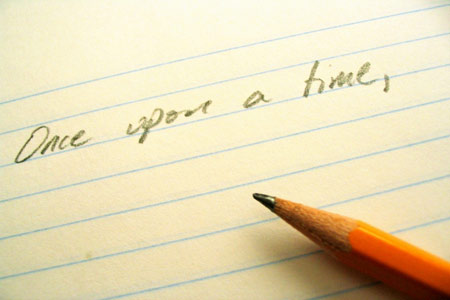Instructions: 3 robust annotated bibliography entries on focused research topic.
1. Rak, Julie. “The Digital Queer: Weblogs and Internet Identity.” Biography 28.1 (2005): 166-182. Web. 1 Feb. 2015.
The article contemplates blogging as a site for establishing queer identity, among other things – what would “queer blogging” be like? How might bloggers focusing on queer issues bring queerness into their actual discourse? While many seem(ed) to view blogging as an online form of diary writing, people like multimedia communication expert Madeleine Sorapure suggest that the public nature of the blog audience keeps it from being a strict extension of the diary. Rak draws comparisons between blog research and Michael Foucault’s work – discourse has constructed both as something to be analyzed. Rak posits that weblogs are their own internet genre. Bloggers compiled links on their websites to guides their audiences before search engines took over. Early online communities did not regard blogs as online diaries; online diaries came into existence before blogs, in fact. Blogs began to focus more on individual experiences – and less on link collecting – when dated entries came into the picture; blogs even evolved to the point where more than one person could post materials on the same blog. Even with this evolution, blogging prioritizes individualism and freedom of expression. Blogs exist in a semi-private environment. A crucial component of blogging is that authors are as authentic (or “real”) as possible; blogs circumvent traditional standards of publishing. In this sense, blogs construct what can be considered a queer social (and digital) space. Rak searched for queer blogs – gay, GLBT, etc. – and found conservatism in regard to identity and ultimately homogeneity, ironically. Of course, subjects in this framework tend to find each other. Rak concludes that queer blogging does exist – “in the sense
that the activity of blogging itself, like offline activity, produces its own subjects,
whose relationships to offline discourses of truth and reality are designed
to create identity as its special effect” (180).
As one whose fields of expertise include authorship/identity, cultural studies, and critical theory, Rak is more than qualified to discuss the aforementioned issues. Those interested in digital composition and queer theory would find this article very useful.
2. Ashford, Chris. “Queer theory, cyber-ethnographies and researching online sex environments.” Information and Communication Technologies Law 18.3 (2009): 297-314. Web. 1 Feb. 2015.
We traditionally view research as an action detached from ourselves – we research, then we retreat from out work – but researchers often immerse themselves into societies long after they have completed their “research.” As technology has transformed sexuality, this immersion often includes queer researchers immersing themselves into online queer-sex spaces. In these virtual spaces, selves exist as textual bodies, but images of bodies – specifically those of organs associated with queer sex – dominate these spaces. Such images pave the way for the formation of virtual identities. This allows for marginalized bodies to interact with each other in new ways. Researchers can additionally practice fluid, multiple identities. The virtual spaces for these interactions queer and blur lines between sex and sexuality. This space also permits people to be (virtually) close without being (physically) close, and allows for anonymity and ease of finding partners. A further examination of these spaces could further challenge still-existing dichotomies, such as how researchers see the world around them, queer representation(s).
Ashford’s gender-studies credentials give him a unique lens through which to view these virtual spaces. Much of this is focused on the research of others, but the questions raised could lead to fascinating primary research.
3. Ribbat, Christoph. “Queer and Straight Photography.” Amerikastudien/American Studies 46.1 (2001): 27-39. Web. 1 Feb. 2015.
The practice of queering straight photography creates new binaries and poses Straight as the Other. When it comes to “straight photography,” artists and critics attempted to masculinize photography in the early twentieth century; it was about moral imperatives, not style. Here, photography is yet another club for the boys where aggressive masculinity is the norm; cameras become weapons. When straight photography was the norm, the photograph was seen as objective. “Queer photography” undercuts the supposed stability of identity. However, the recent prevalence of queering renders a categorization of each specific queering, which presents an obvious, paradoxical problem; “[i]t seems as if ‘queer’ had joined the crowd, as if its destabilization of identity had become a staple of contemporary culture” (34). In all, photograph presents an illusion. A focus on power potentially blinds us to other issues, like those of possibilities and ambiguities.
“Queer” seems to be more general than Ribbat’s other works on photography, which makes this a useful tool for those studying gazes.

